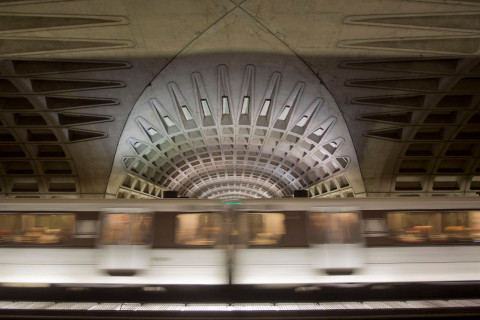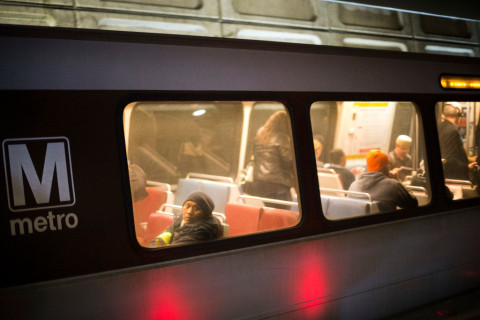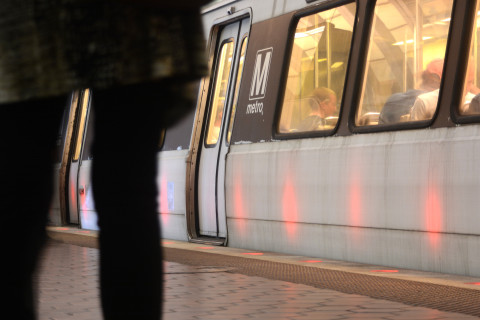WASHINGTON — Just two-thirds of Metro riders are satisfied with the system, according to internal surveys, but Metro is also pointing to other reasons to explain the recent sharp decline in ridership.
Over the last year or two — including since Carol Glover died when smoke filled a train near L’Enfant Plaza last year — Metro ridership has fallen about 9 percent on top of smaller declines each year going back to the beginning of the decade when track work increased during the off-hours.
Metro planning director Shyam Kannan said riders have clearly said that they want fast, frequent and reliable service above all else. But other issues have impacted ridership, too, such as changes in telework, lower gas prices and the emergence of new transportation options, Kannan said.
“The competitive game is changing,” Kannan said.
Partly, the changes are tied to generational shifts and the availability of more information thanks to new technology. Riders in their 20s and 30s, who have more widely adopted some technology, are more practical about transportation decisions, American Public Transportation Association Vice President Art Guzzetti said.
“One of the things about real-time information: if a train is coming in five minutes they’ll take it,” he said. “If a train is coming in 15 or 20 minutes they may take another option.”
Prince George’s County Metro Board Member Malcolm Augustine told Metro leadership that service quality and reliability is something Metro can and should control — and improvements in those areas could turn around the decline since potential riders are still out there.
Metro is looking to measure how many delays riders will put up with before leaving the system or cutting back trips, but a full analysis is likely six or seven months away, Kannan said.
Metro recently made available individualized trip-time data that riders with registered SmarTrip cards can see online.







